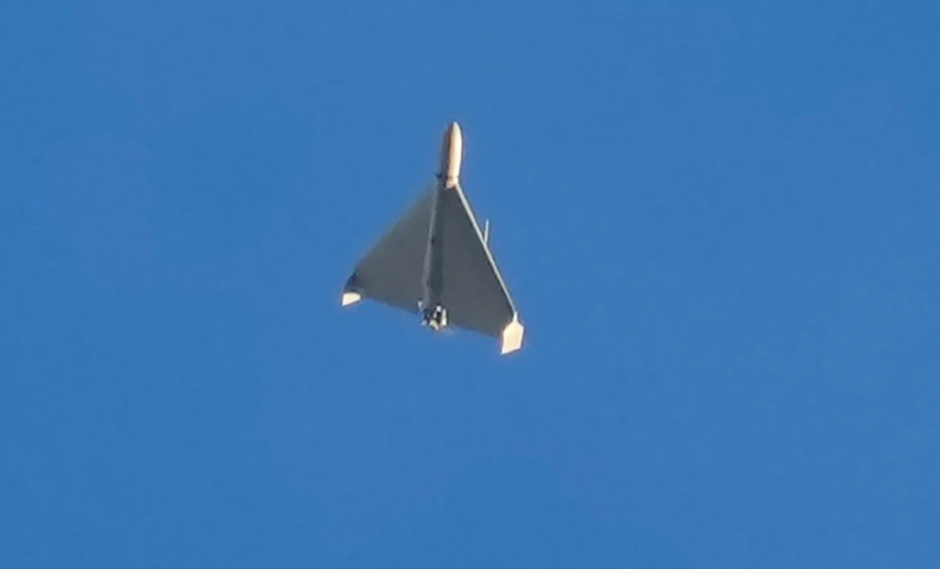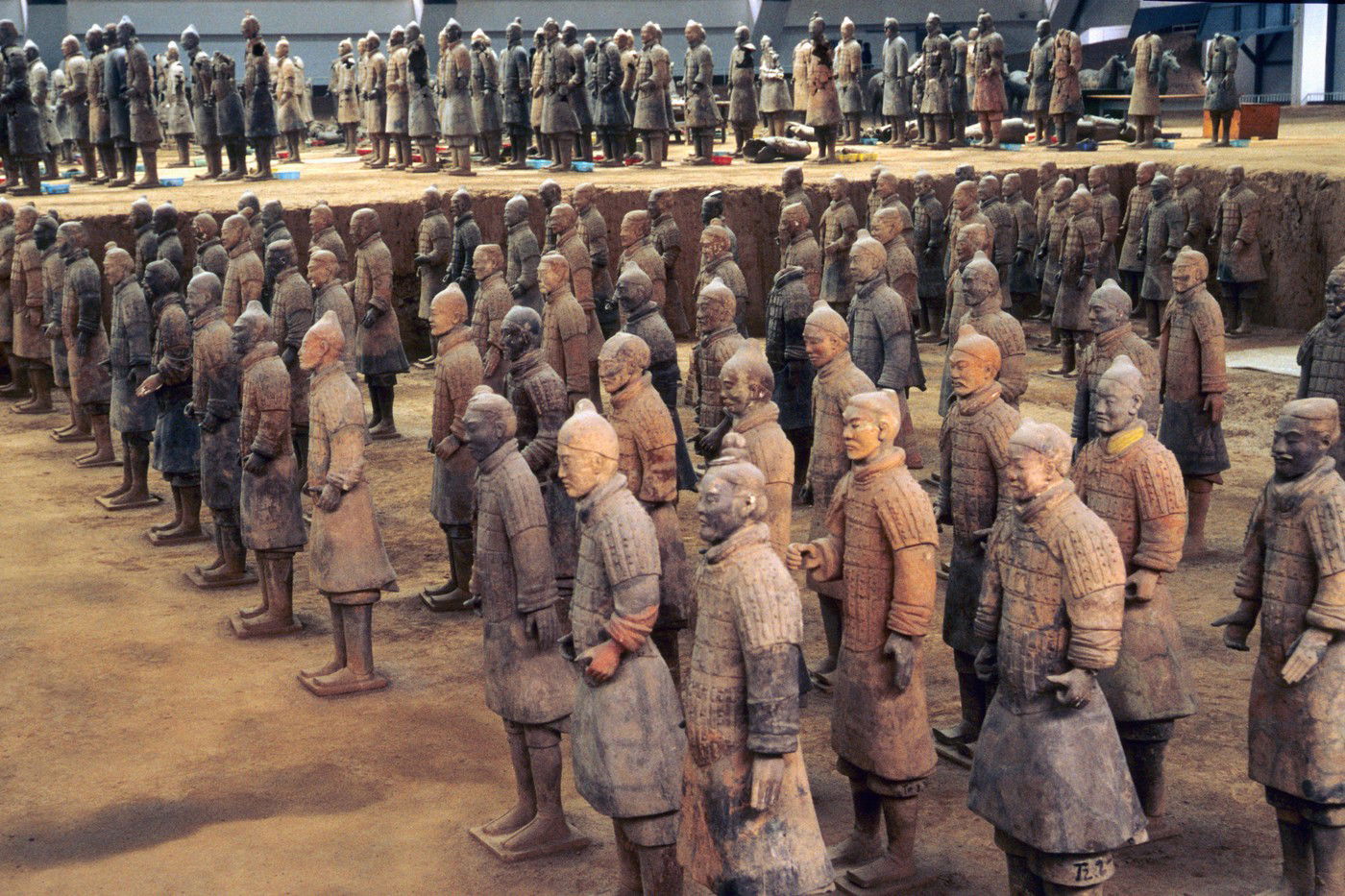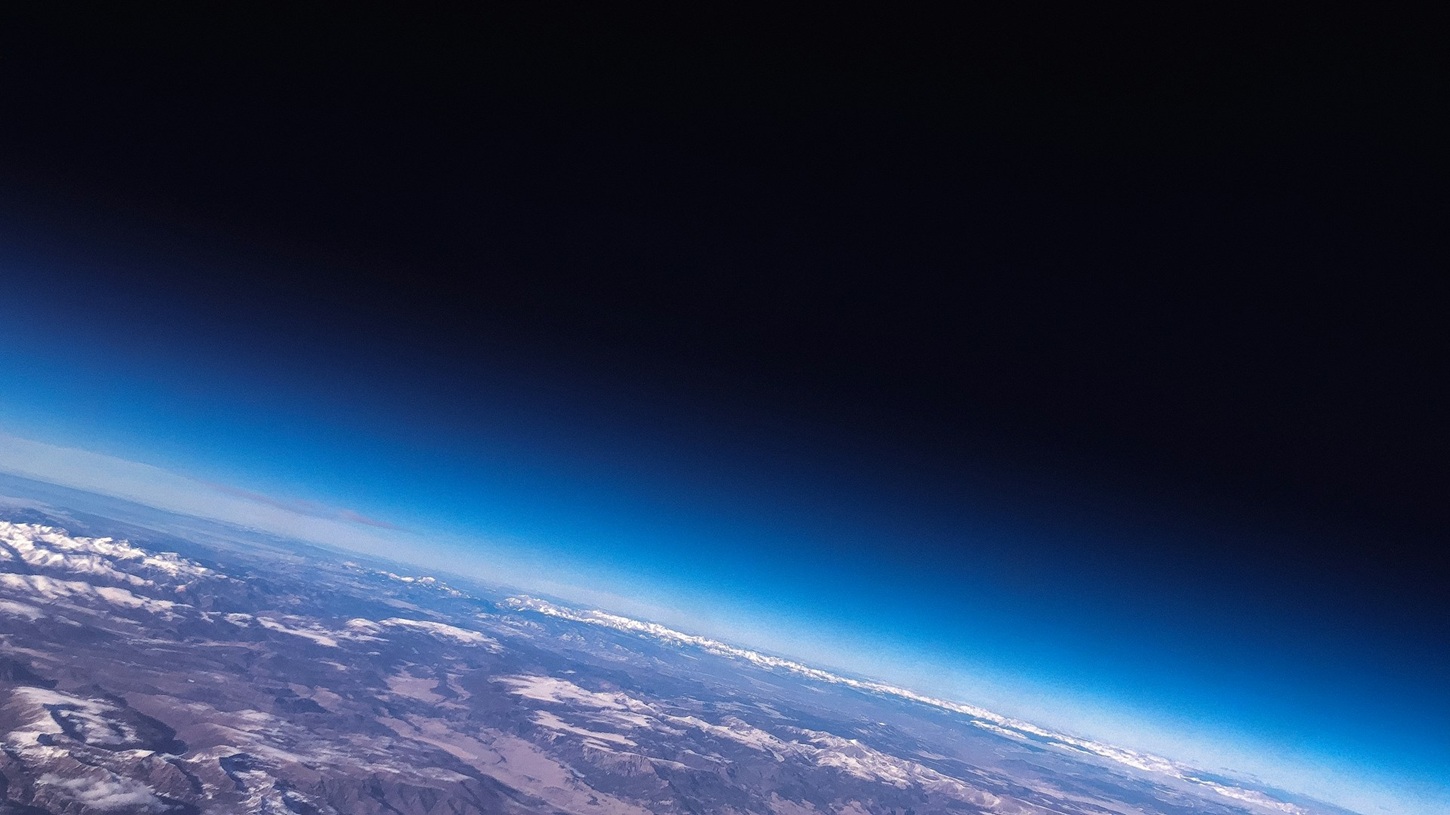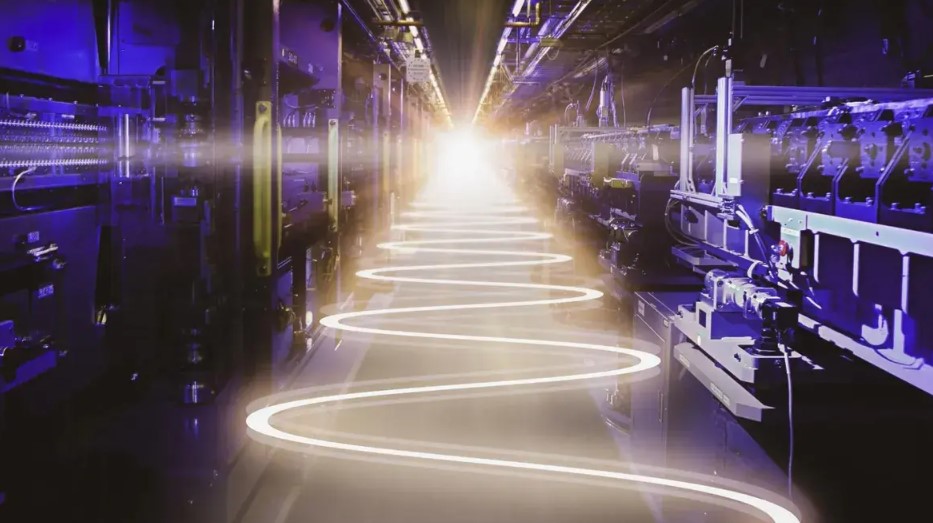LCLS-II is 8,000 times faster than its predecessor and costs more than a billion dollars, but its value to scientific research is perhaps invaluable, and some are talking about a scientific revolution.
The US Department of Energy’s SLAC National Accelerator Laboratory has launched an X-ray free electron laser (XFEL) enhanced with the Linac coherent light source (LCLS). The improved version, called LCLS-II, was built at a cost of $1.1 billion.
SLAC National Accelerator Laboratory at Stanford University has been building and operating powerful instruments to advance science for more than six decades – the original LCLS was the world’s first XFEL, which began operations in April 2009.
the Current development makes LCLS-II 8,000 times fasterIt is thus capable of producing approximately one million X-rays per second, much more powerful than its predecessor, in which this number was only 120. We wrote about the device in detail earlier in the development period:
The brightest laser in the world that works with femtosecond pulses
Using the first electron-free solid-state X-ray laser, researchers can produce movies of events at the molecular level.
The key to LCLS-II’s enhanced capabilities lies in the superconducting accelerator. The device contains 37 modules that can cool helium to cryogenic temperatures, just above absolute zero, allowing electrons to reach high-energy states with minimal energy loss. Importantly, the original copper tube accelerator is still present, allowing data to be collected over a wide energy range and more efficient experiments.
Beside that Two new wavesSo-called “soft” and “hard” beams have been added to LCLS-II, allowing the production of low- and high-energy X-rays. This development provides researchers with greater precision during experiments, and at the same time it has become possible to look deeper into the structure of materials than before.
The application possibilities of LCLS-II are absolutely amazing: the original LCLS was the key to creating the first “molecular film”, that is, to monitor complex chemical processes related to photosynthesis in plants and algae in real time. However, thanks to its increased performance, LCLS-II can meet more ambitious challenges. Researchers can now study quantum materials in greater detail, paving the way for more efficient quantum devices, computers, and fast data processing.
In addition, LCLS-II can capture atomic-level snapshots of chemical reactions, which will lead to the development of more efficient processes in industries such as chemicals and power generation, while also contributing to the reduction of greenhouse gases.
Similar US Department of Energy user facilities offer their services for free, but by definition favor more significant and impactful projects. Some see the importance of LCLS-II as equivalent to a scientific revolution, which – as can be deduced from the above – will affect not only scientific life, but also many industrial fields.
(Image: LCLS-II technical rendering, US Department of Energy)












































